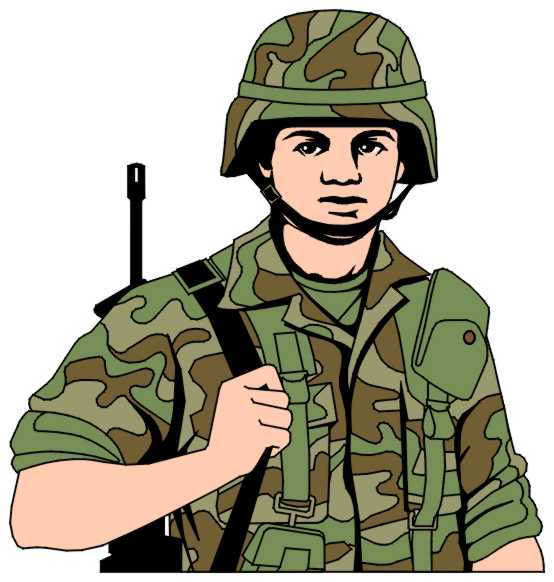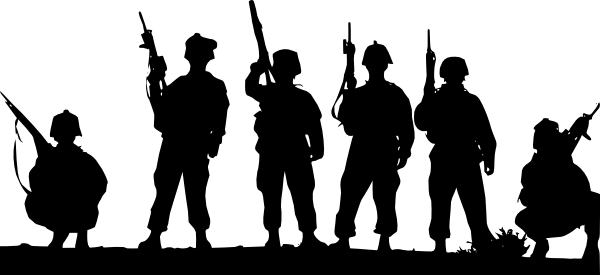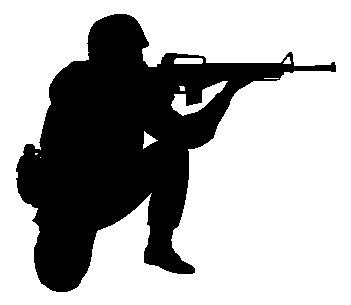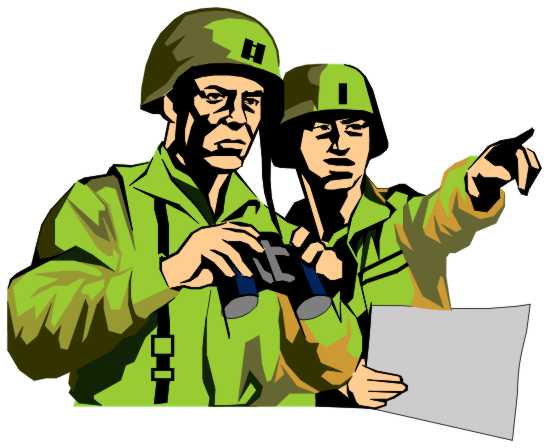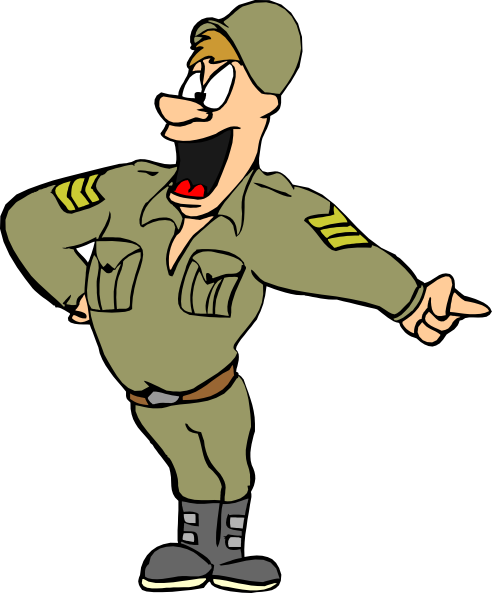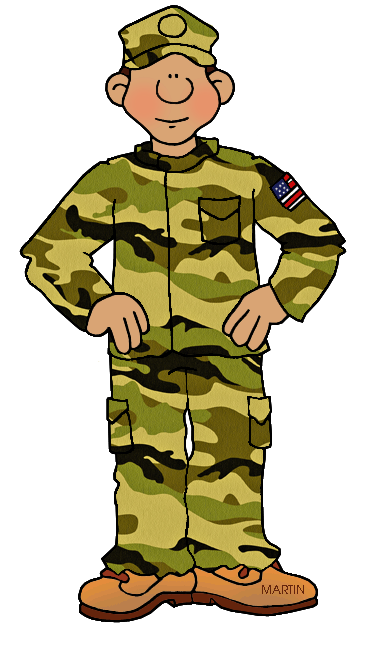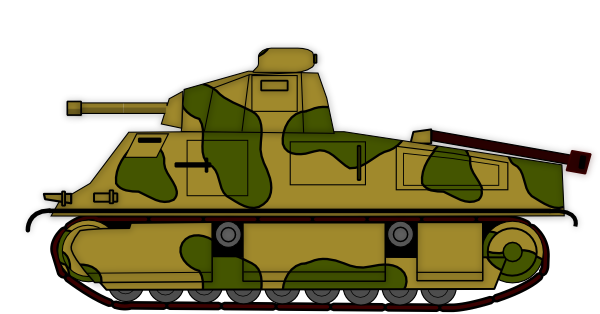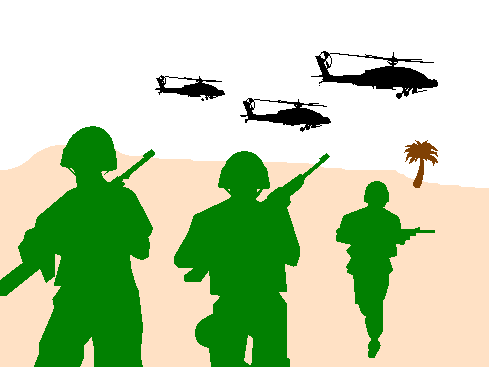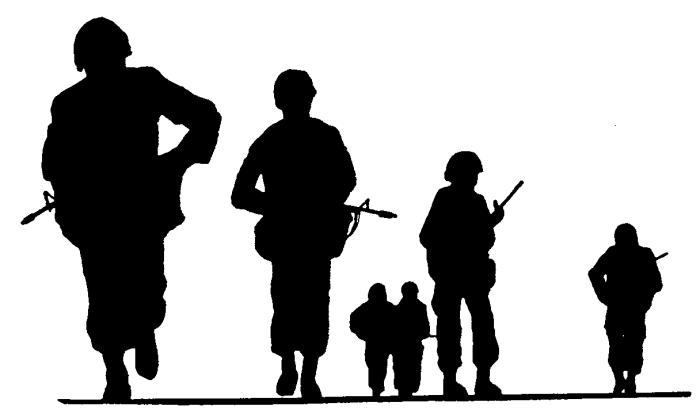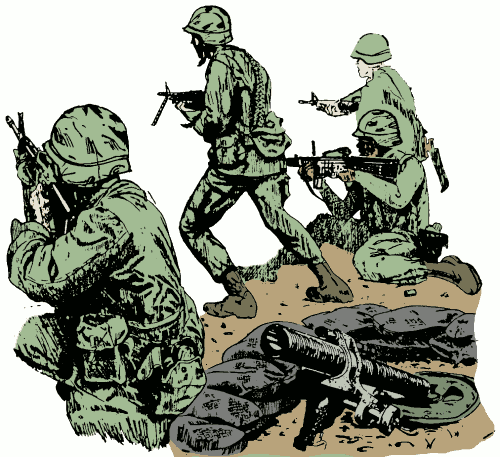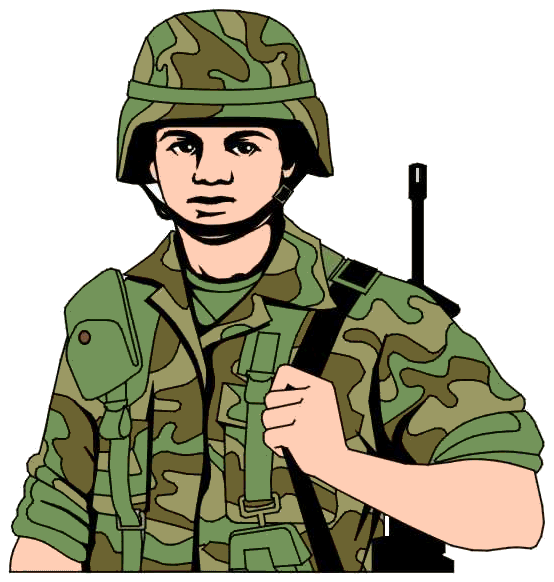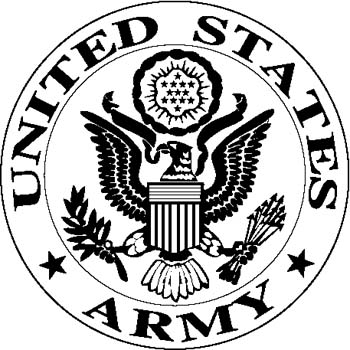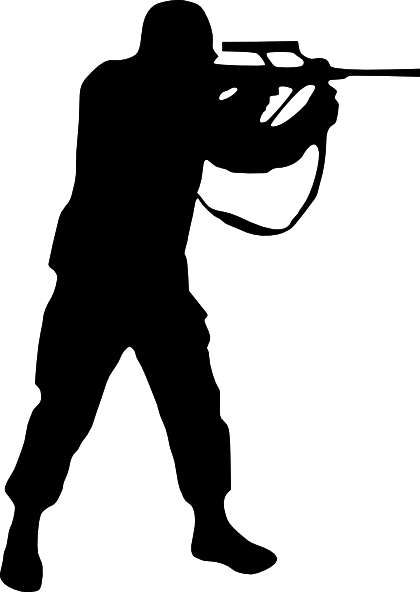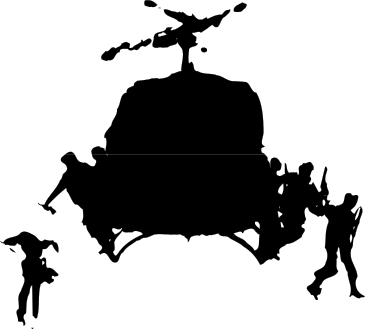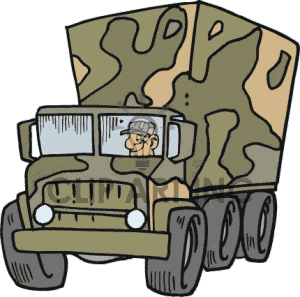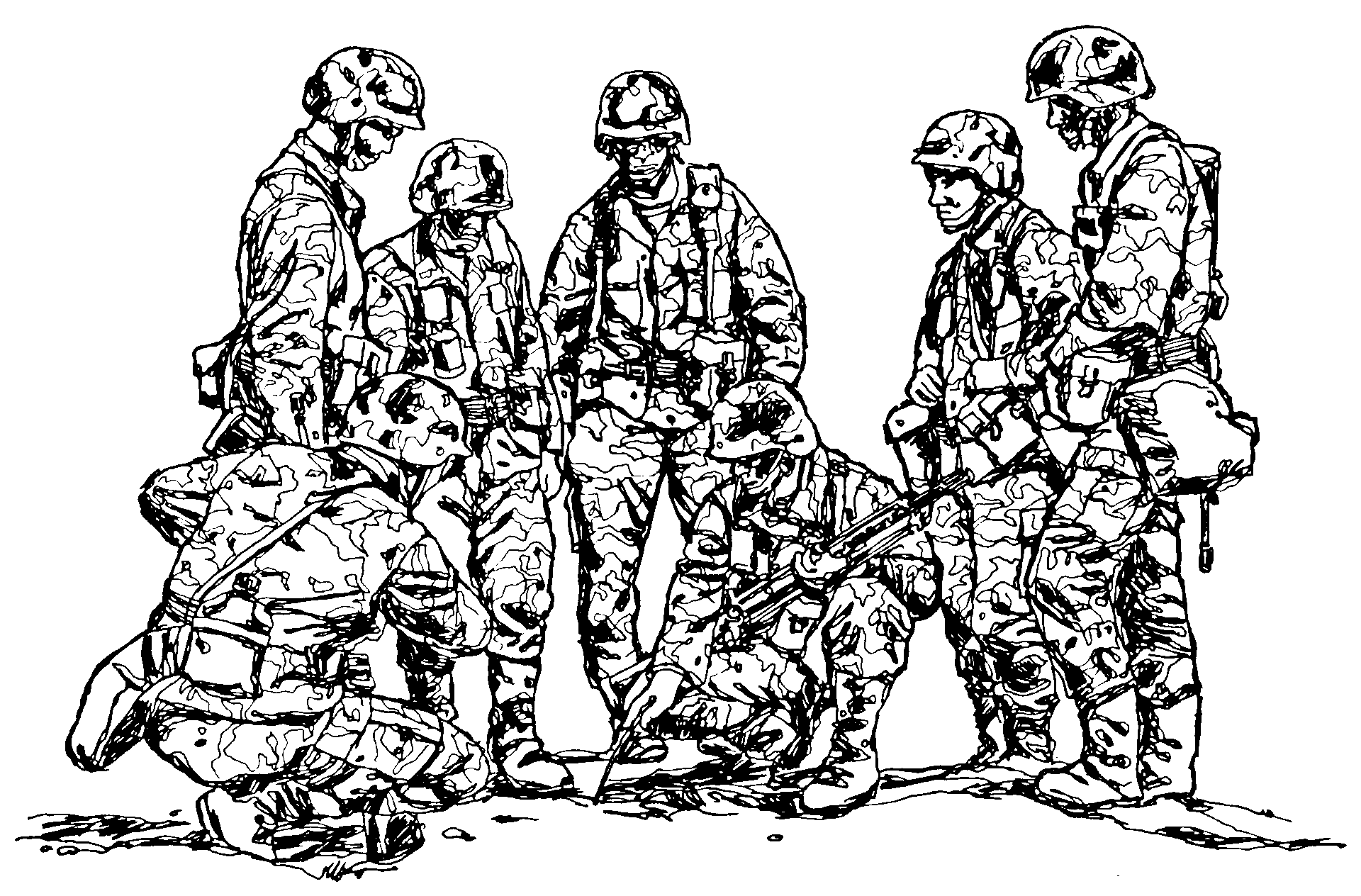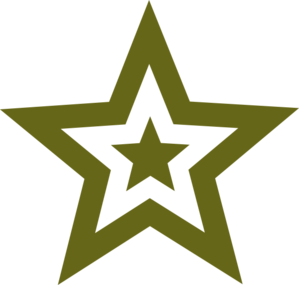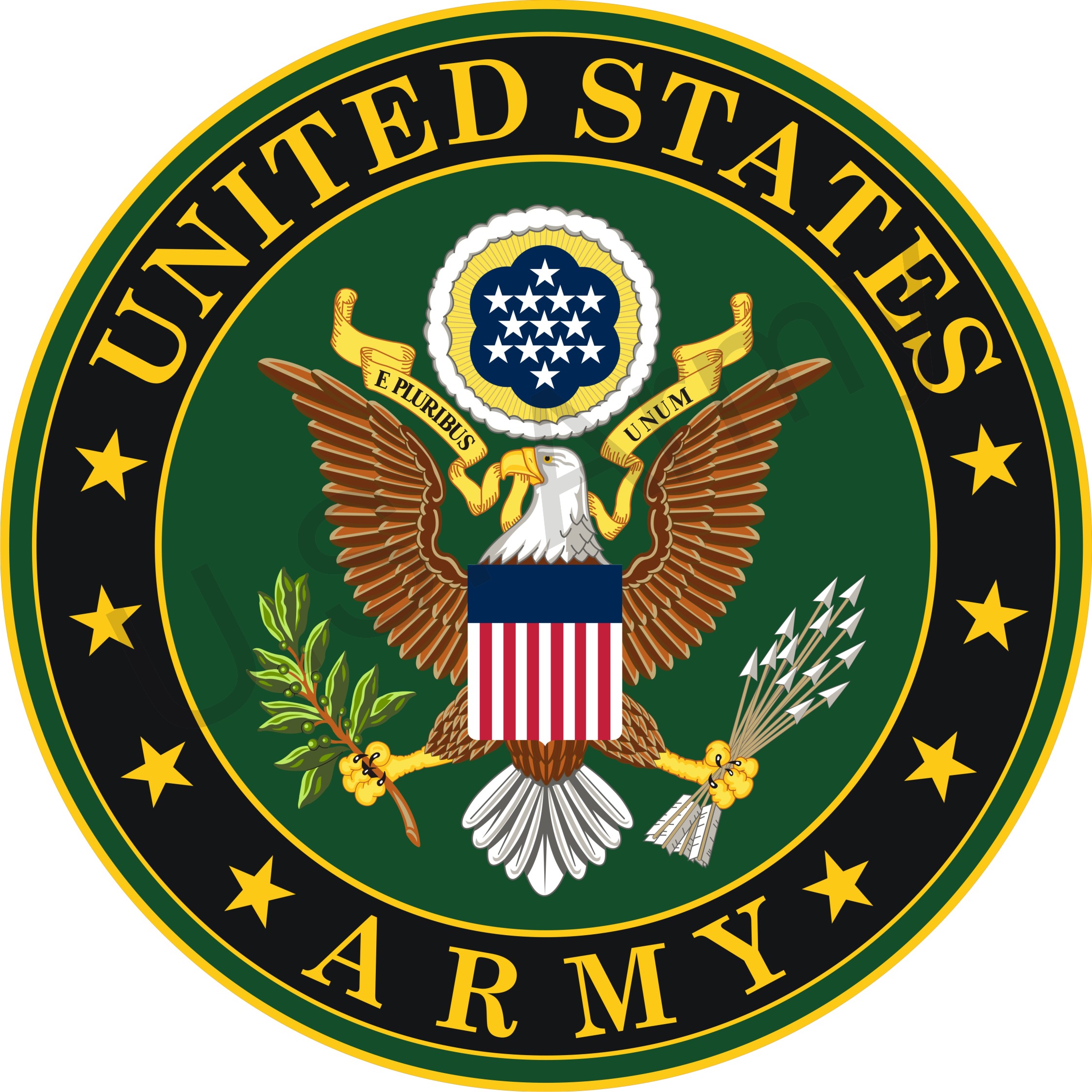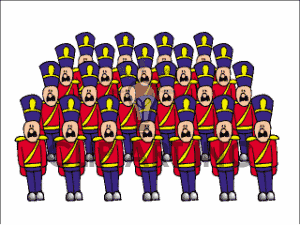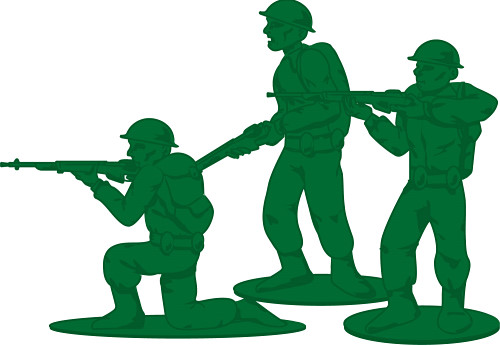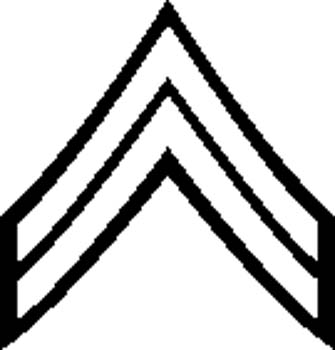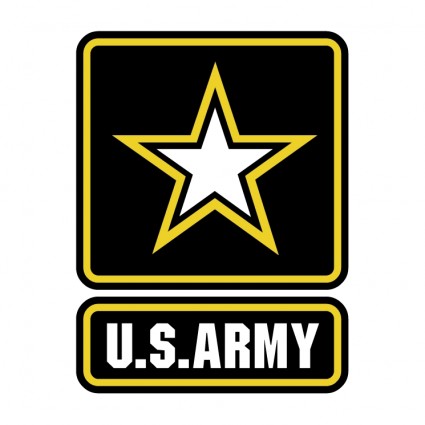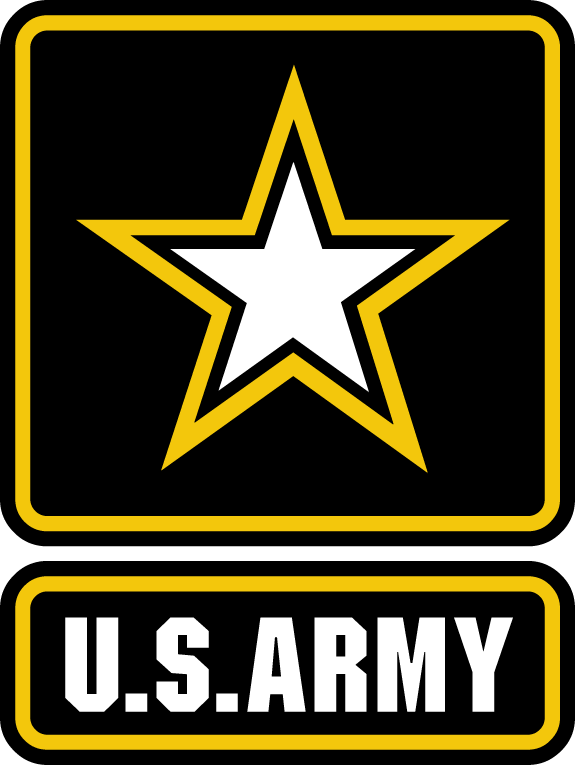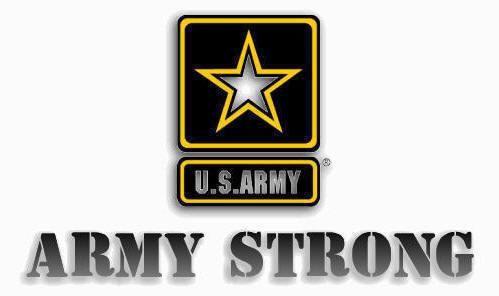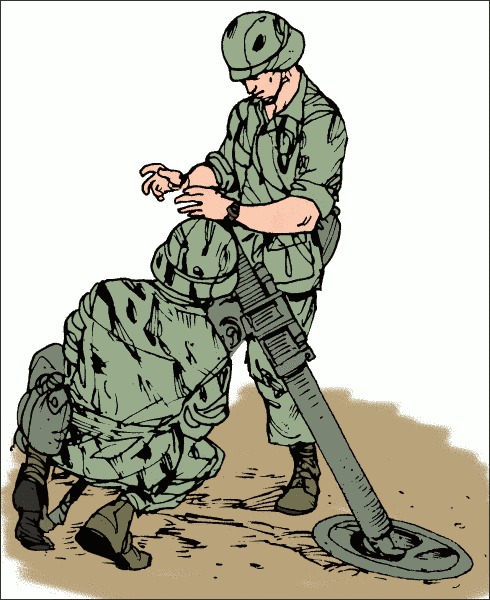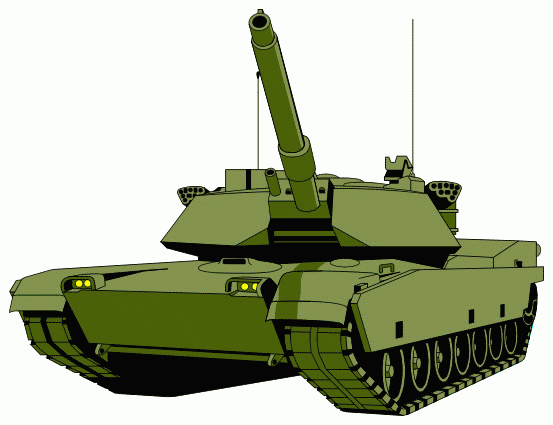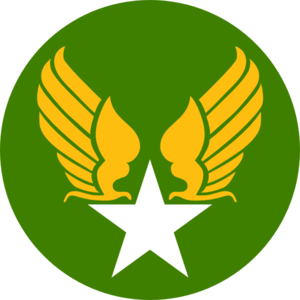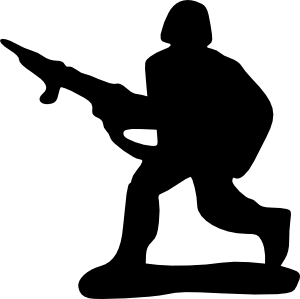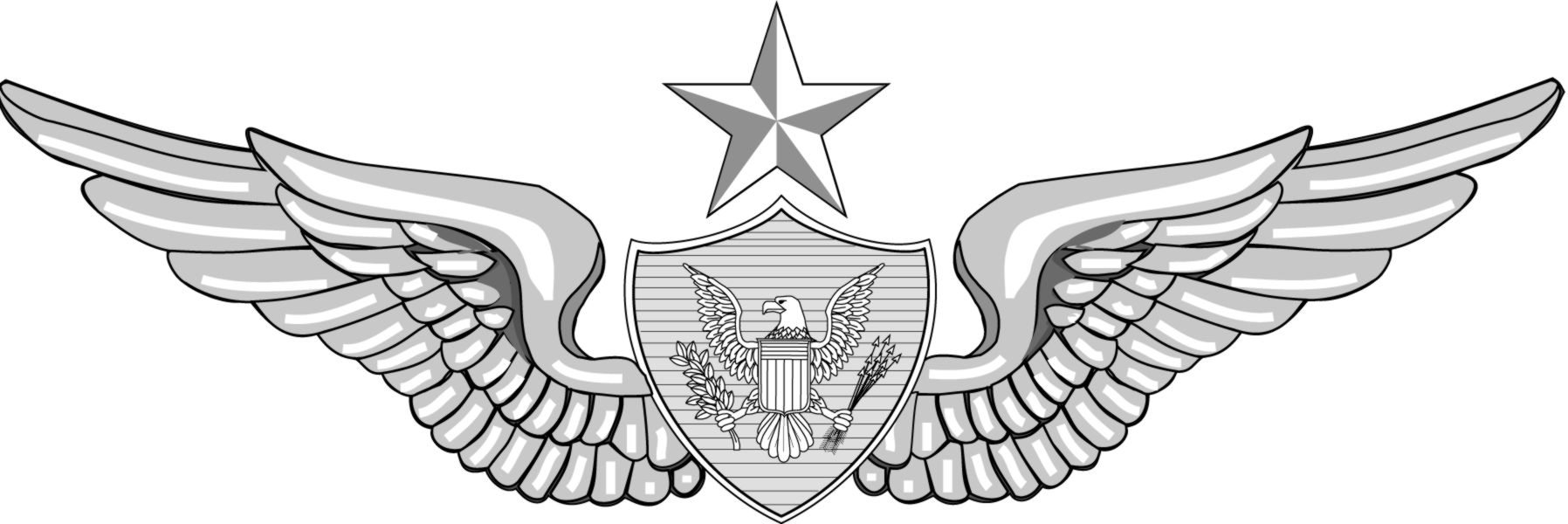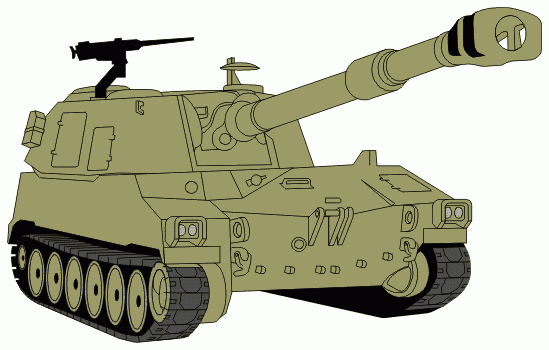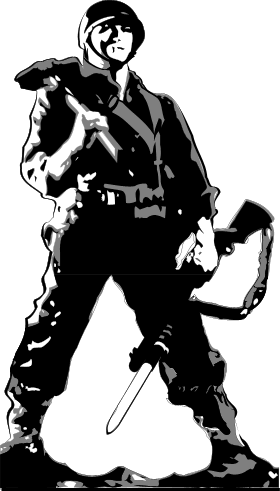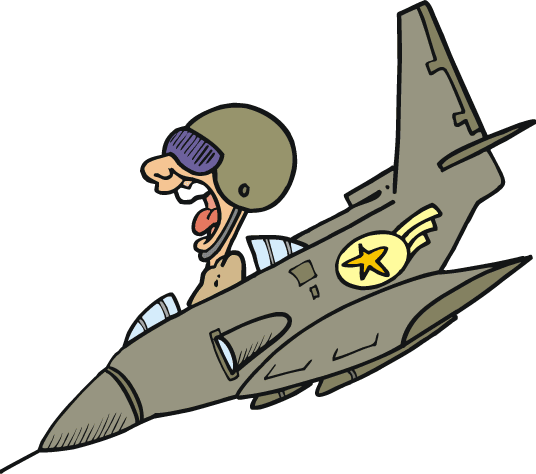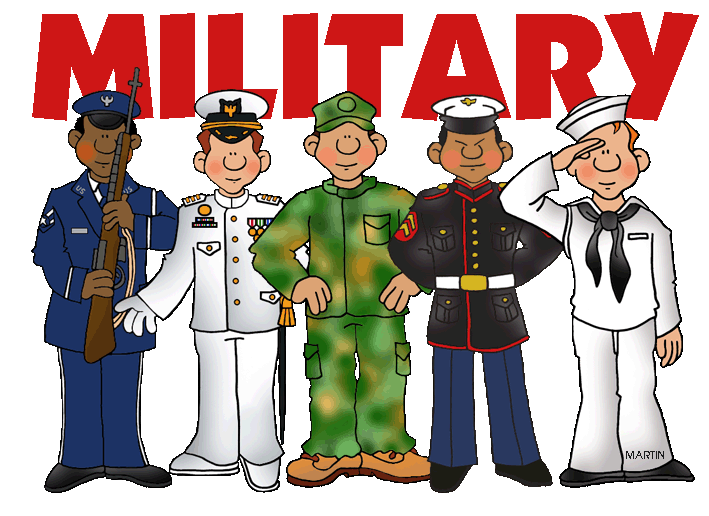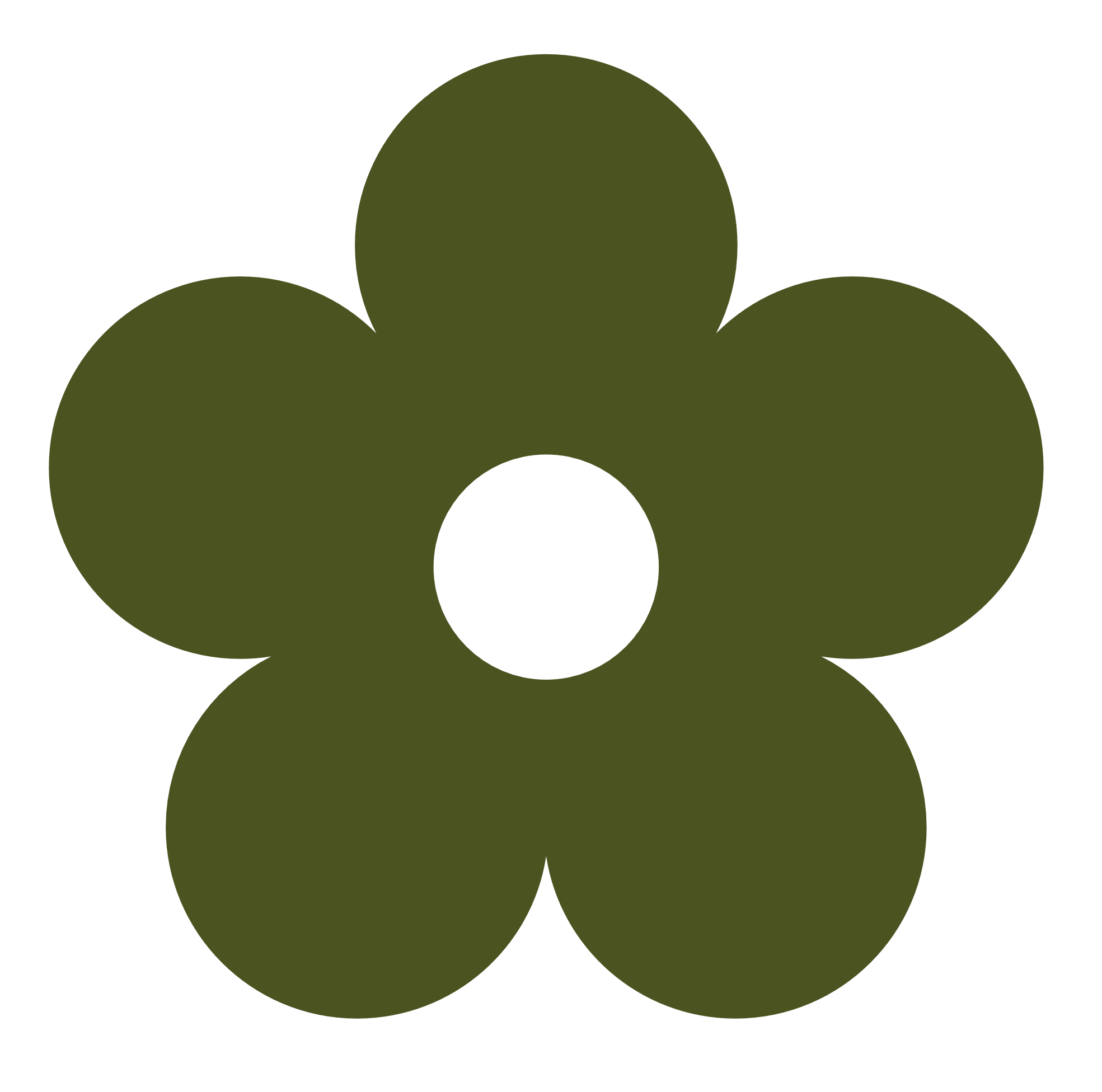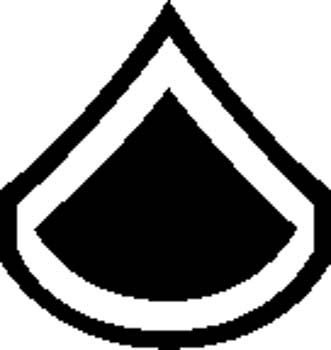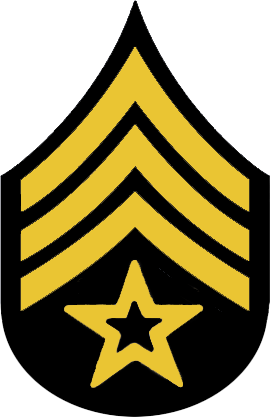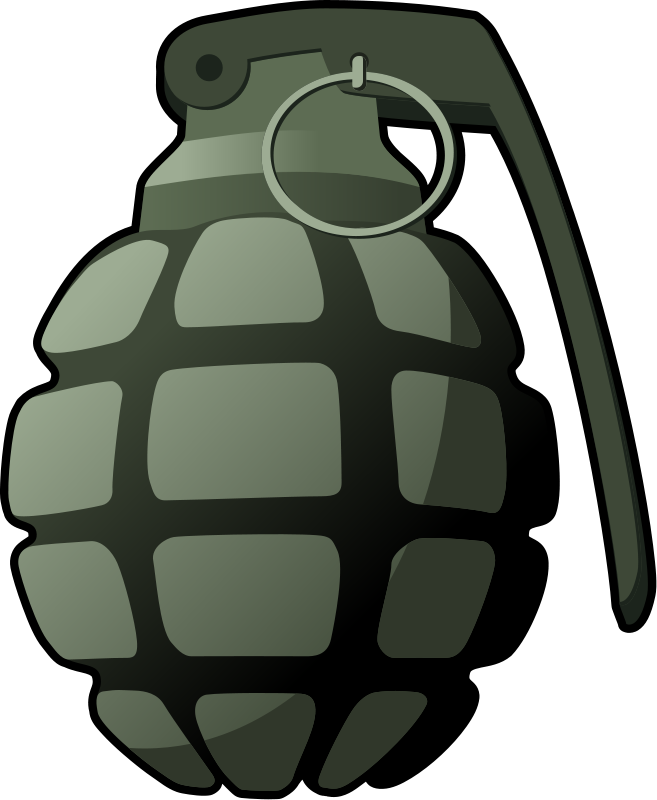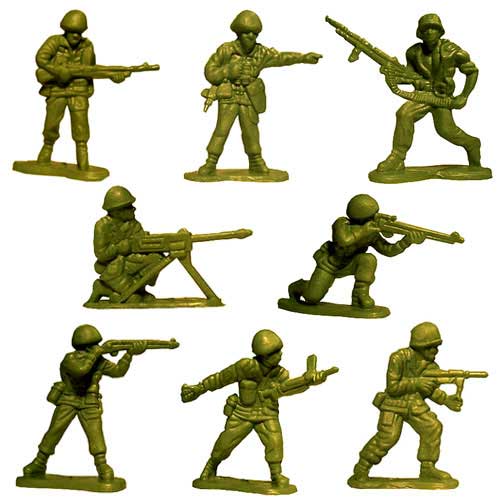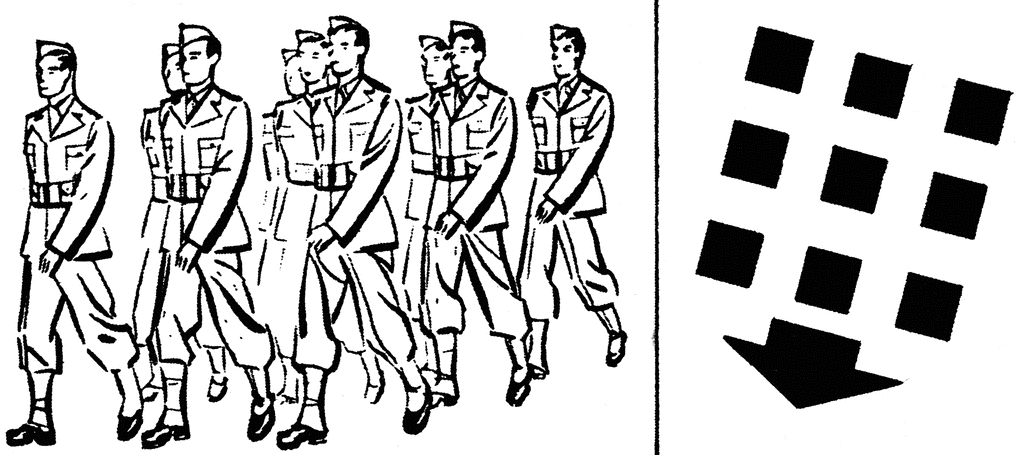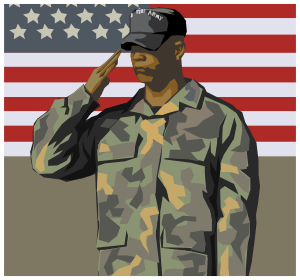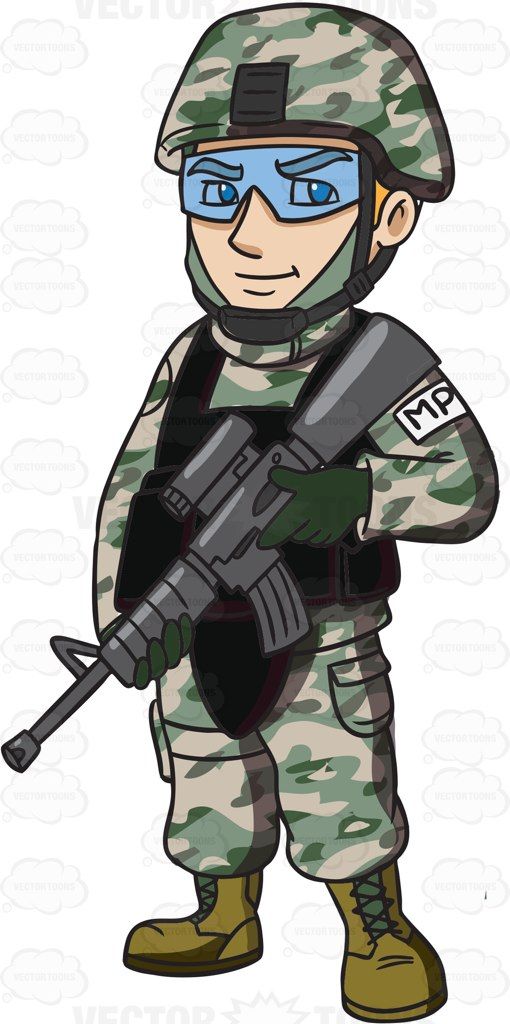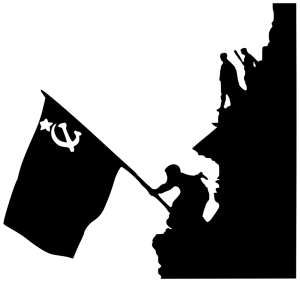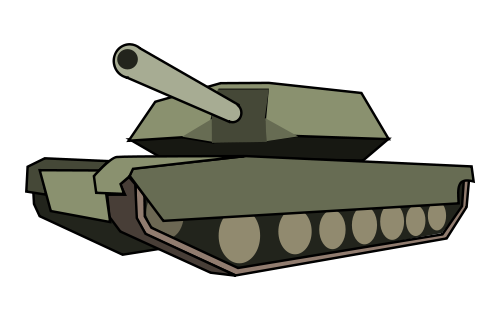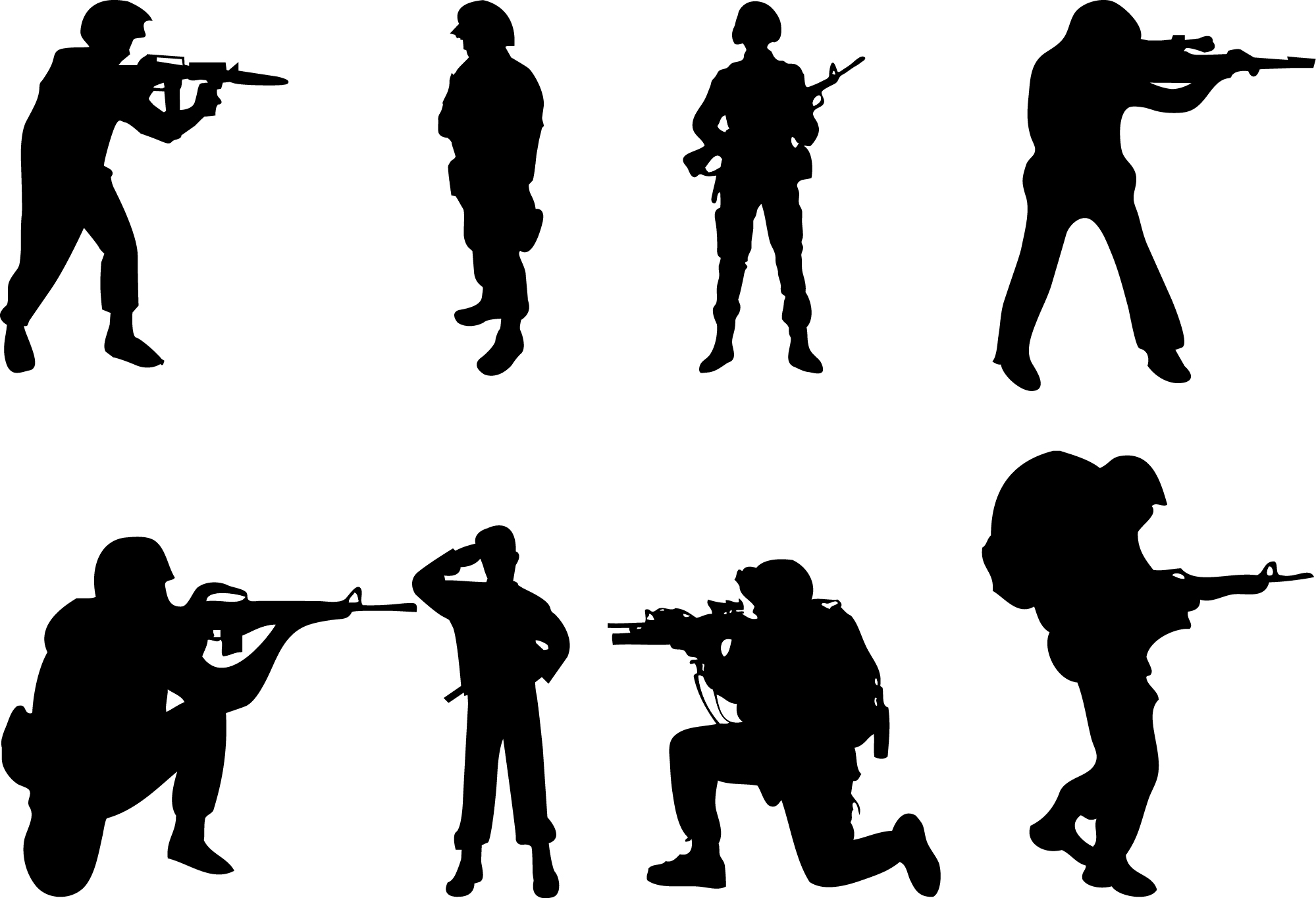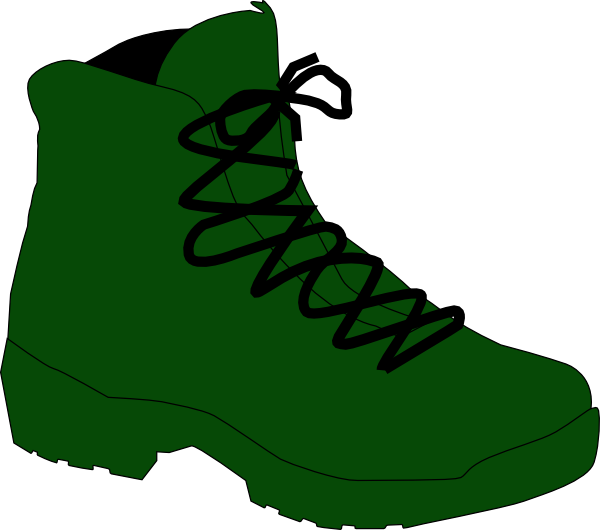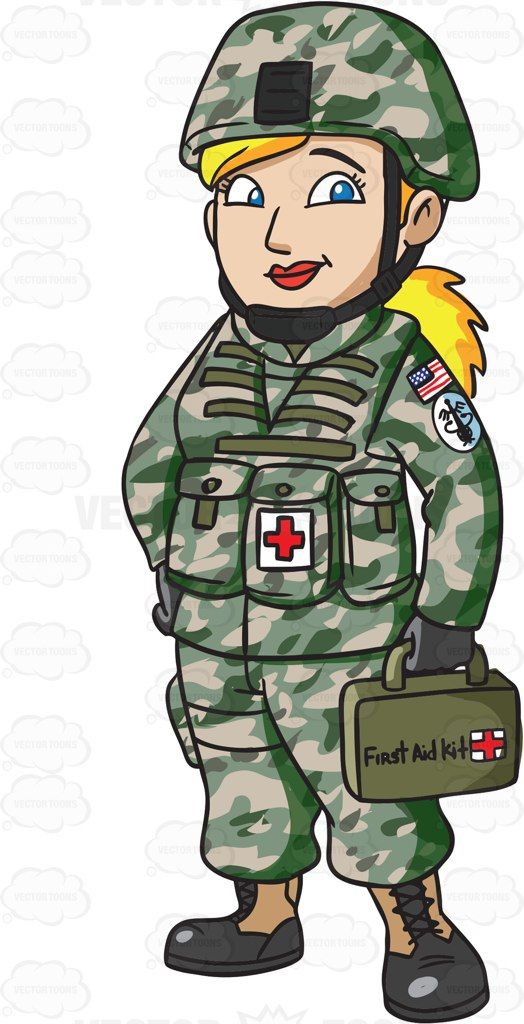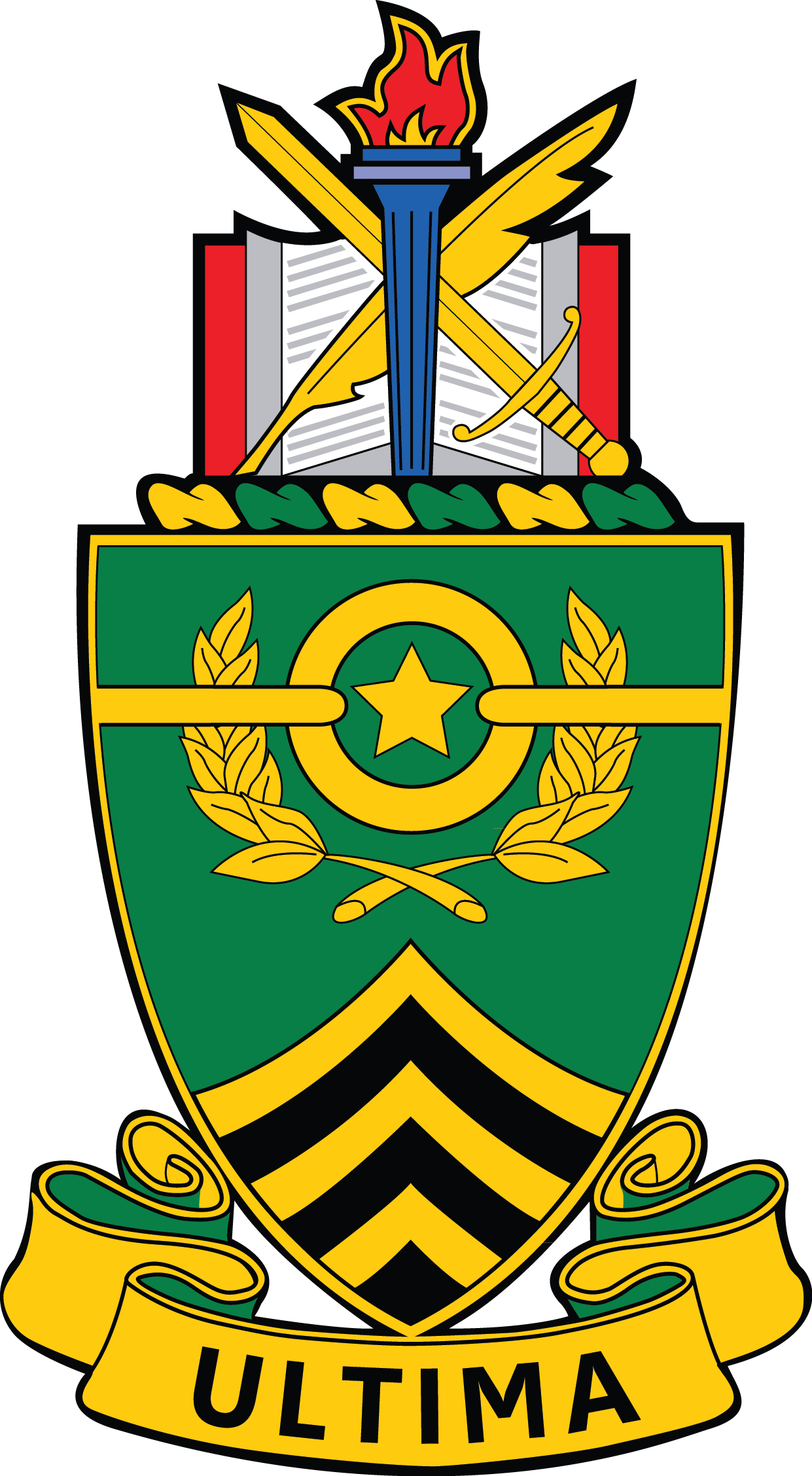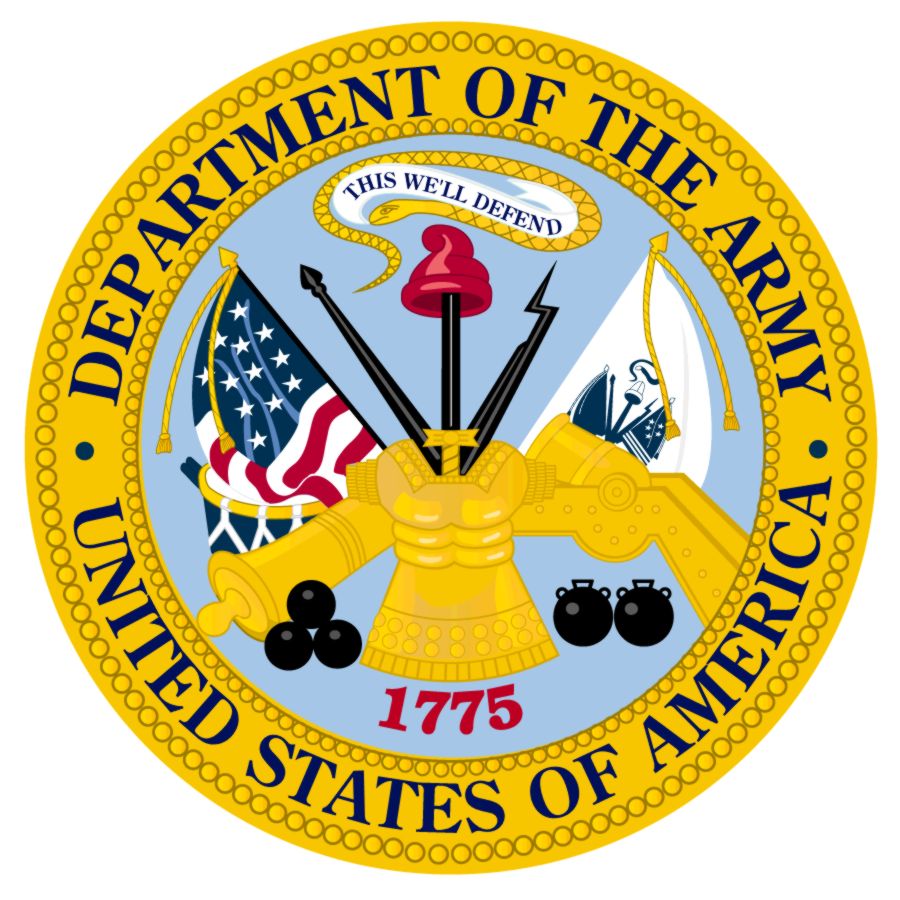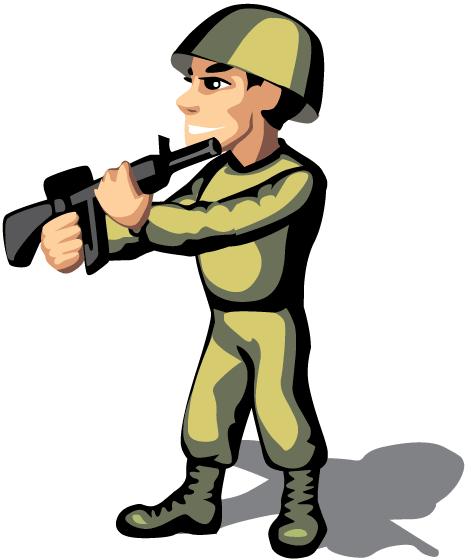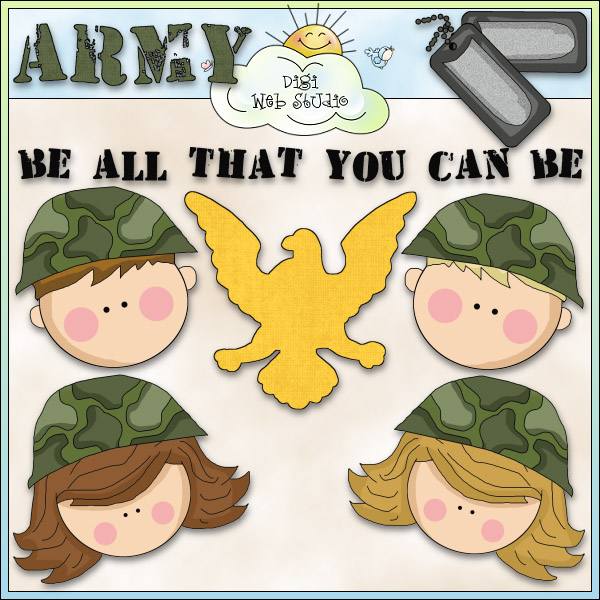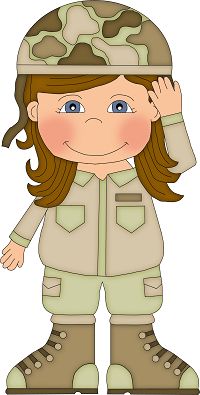Army Clipart
An army is a fighting force that defends and serves a state or sovereign nation during armed combat and operations. Typically commanded by highest ranking officials and structured into divisions by military functions, armies utilize extensive weaponry, equipment, facilities and training programs to protect national interests.
Originating with ancient militia groups defending tribes and territory, formal military armies formed to fight for rulers and expansive kingdoms. Notably, the Roman Army (750 BC-476 AD) achieved conquest through brutal discipline and tactical genius. Site fortresses evolved into today’s bases.
Modern armies developed more complex capabilities, weapons technology and guerilla warfare strategies. Special forces conduct focused missions requiring extreme training both physically and psychologically while navigating political complexities.
Army Structure and Key Roles
The army organizational hierarchy establishes leadership authorities and operational efficiency:
- Commander: Top senior official over entire army operations, typically working closely with nation’s political leadership
- Officers: Ranked leaders managing major units and bases through command chain
- Non-Commissioned Officers: Experienced soldiers managing personnel and equipment at unit levels
- Privates/Troops: Bulk enlisted soldiers carrying out designated combat and support roles
- Other Roles: Medics, engineers, vehicle operators, communications, intelligence, chaplains, etc.
Ranks signify levels which facilitate leadership direction and discipline. Each role contributes vitally using specialized skills.
Army Units and Divisions
Operational units group personnel by function to complete objectives:
- Infantry: Brigades of ground troops performing frontline combat duties
- Artillery: Regiments operating cannons, missile launchers and related equipment
- Cavalry: Mobile skirmishing, reconnaissance and supporting engagement
- Aviation: Squadrons of transport and combat helicopters plus crew
- Special Forces: Small elite tactical teams handling high-risk missions
- Support/Logistics: Supply retrieval/delivery, medical services, transportation, etc.
Collaboration between air power, advanced weapons and ground maneuvers break down enemy positions. Administration and infrastructure backbones enable functioning.
Army Equipment and Weaponry
Standard equipment used by armies includes uniforms, protective gear, specialized vehicles, emergency supplies, etc. Weapons are essential force multipliers categorized across:
- Bladed Weapons: Knives, swords, bayonets for close encounters
- Firearms: Pistols, rifles, machine guns, shotguns issuing projectile ammo
- Artillery: Cannons, missile launchers, field mortars that launch explosive warheads
- Explosives: Grenades, land mines, breaching charges inflict major destructive damage
- Chemical/Biological: Agents like tear gas disable targets when authorized
Managing logistics and maintenance keeps vast arsenals deployment ready. Securing stockpiles prevents unauthorized usage.
Army Installations and Facilities
Permanent facilities offering essential housing and support services include:
- Bases: Primary stations with massive complexes of buildings/training grounds
- Camps: Domestic temporary lodging during operations away from base
- Posts: Smaller installations focused on singular function like communications
- Depots: Warehouses storing reserve supplies/equipment
- Hospitals: On-site medical treatment centers with emergency response
Ongoing construction projects continually improve living conditions and capabilities. Global networks provide strategic geographic positions.
Army Training and Operations
Intense training transforms civilians into soldiers by building physical strength, mental toughness, discipline and skills like:
- Basic Combat: Shooting accuracy, tactical maneuvers, explosive usage
- Survival: Adapting to extreme environments, locating life provisions
- Technology: Operating complex monitoring/targeting systems
- Tradecraft: Engineering constructs, signals intelligence, handling prisoners, etc.
Frequent simulated scenarios prepare units. Peacekeeping stabilizes regions. Carefully planned assaults overcome hostile zones.
Benefits of Army Service
Voluntary recruits can gain:
- Education Funding: College tuition assistance programs
- Technical Training: Valuable job skills and leadership credentials
- Healthcare: Medical/dental benefits with disability compensation
- Financial Incentives: Signing bonuses, housing stipends, retirement pensions
- Camaraderie: Close relationships forged through shared experiences
- Adventure Travel: Deployments around the world
Patriotic desires to serve one’s country drives most commitments.
Introduction to Army Clipart
Clipart offers decorative graphic elements relevant to army themes like soldiers, military symbols, maps, weapons, flags and phrases. The small digital images visually communicate armed forces concepts quickly. Websites, office memos, event posters all utilize clipart to inject engaging artistic touches that capture attention while supporting written information.
Types of Army Clipart
Common army clipart categories:
- Soldiers: Standing figures in uniform, often just silhouettes
- Transportation: Tanks, jeeps, planes that transport armed forces
- Artillery: Cannons, missile launchers representing firepower
- Flags & Maps: Patriotic images and battlefield guidepoints
- Equipment: Helmets, boots and armor for personal protection
- Phrases: Motivational quotes like “Duty, Honor, Courage” in bold fonts
Using Army Clipart
Effectively incorporate army clipart by:
- Scaling appropriately for impact without overwhelming
- Using color schemes that unify with surrounding palette
- Grouping relevant images logically together
- Placing near text the artwork supports and enhances
Quality images draw interest to communicate vital information.
In this page clipartix present 73 army clipart images free for designing activities. Lets download Army Clipart that you want to use for works or personal uses.
